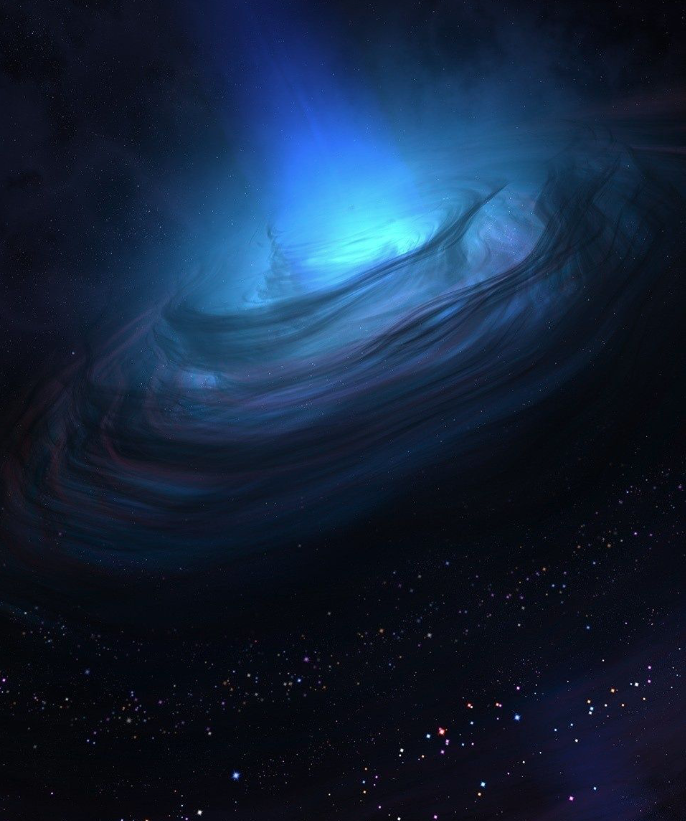Supernova 1987A exploded 30 years ago but discoveries are still being made about the event. One research team have made a 3D model of the supernova’s core, and a team from Cardiff University have discovered the full account of the nutrient rich molecules contained in the dying star.
Using the Atacama Large Millimeter/submillimeter Array, or ALMA, Dr. Mikako Matsuura from the School of Physics and Astronomy from Cardiff University found evidence of sulfur monoxide (SO) and formylium (HCO+) in the core of Supernova 1987A. The complete findings were published in the journal Monthly Notices of the Royal Astronomical Society.

This is the first time those two molecules have been detected in the supernova, which are explosive dying stars previously thought to entirely destroy all molecules and dust available.
However, the new data suggest that instead of consuming the materials of the old star, it is possible that they create the perfect environment for the birth of new stars. After the explosion of a supernova, temperatures of the molecules drop very low and a dust cloud forms resembling stellar nurseries.
According to Dr. Matsuura “This is the first time that we’ve found these species of molecules within supernovae, which questions our long held assumptions that these explosions destroy all molecules and dust that are present within a star.
“Our results have shown that as the leftover gas from a supernova begins to cool down to below 200°C, the many heavy elements that are synthesized can begin to harbor rich molecules, creating a dust factory.
“What is most surprising is that this factory of rich molecules is usually found in conditions where stars are born. The deaths of massive stars may, therefore, lead to the birth of a new generation.”
Dr. Matsuura and his team hope to continue to use ALMA to search for other previously undetected molecules and discover the amount of SO and HCO+ present in the supernova.
More News to Read

